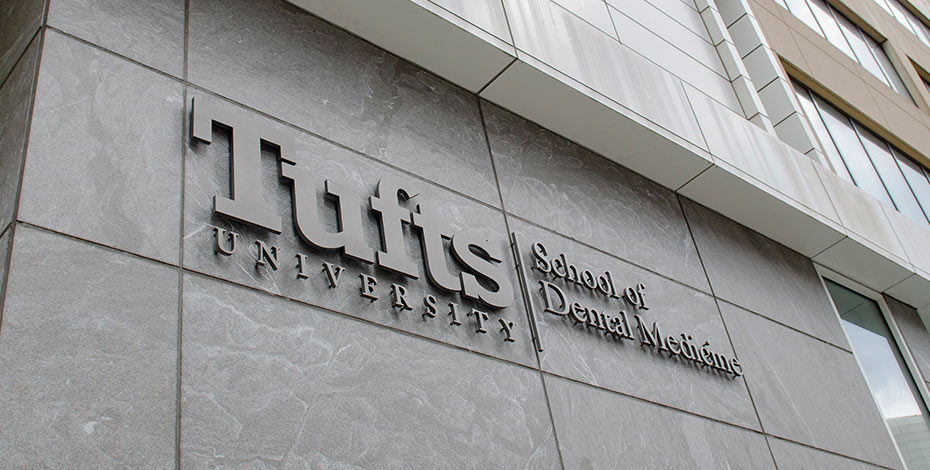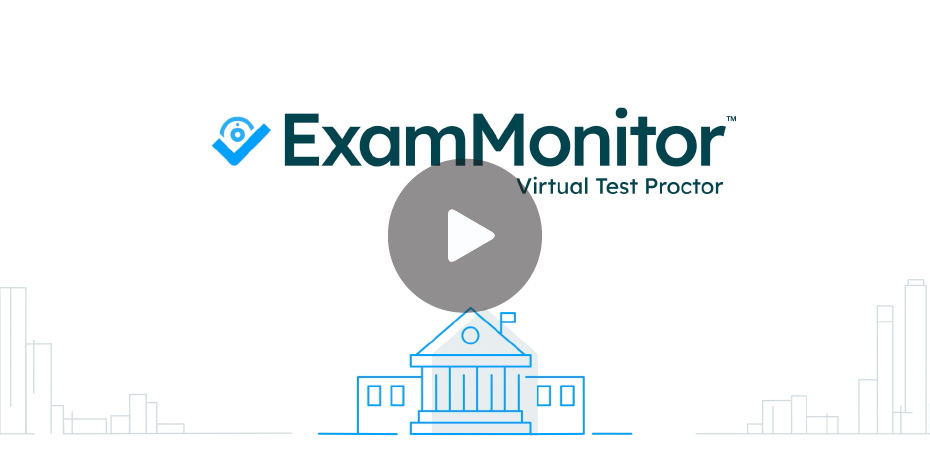In 2013, Tufts University School of Dental Medicine (TUSDM) implemented ExamSoft at the private university in Boston, Massachusetts, becoming the first college on campus to adopt ExamSoft. As the COVID-19 pandemic forced institutions to implement online education, the dental school quickly transitioned to remote proctoring with great success and plans to carry it forward in future semesters.
Overview
Tufts University School of Dental Medicine (TUSDM) has been part of Tufts University for more than 150 years, making it one of the first schools of dentistry in the United States. It is also one of the largest schools of dentistry in the country with approximately 400 new students enrolling in its graduate and post-graduate programs each year.
TUSDM began using ExamSoft in 2013. Dr. Nadeem Karimbux, the school’s current dean, who was then associate dean for academic affairs and editor for the Journal of Dental Education, proposed delivering exams via ExamSoft. As part of its mission, TUSDM seeks to advance dental education, integrating technology in a meaningful way and creating a world-class learning environment. ExamSoft was an excellent fit — a high-tech solution with the potential to advance the quality of education, board exam passing rates, and exam security.
The School of Dental Medicine was the first school at the university to adopt ExamSoft. Since then, three other Tufts programs have adopted ExamSoft.
- School of Medicine
- Graduate School of Biomedical Sciences
- Cummings School of Veterinary Medicine
Software Solutions
A few years into using ExamSoft, Dr. Irina Dragan, TUSDM’s director of faculty education and instructional development and assistant professor of periodontology, saw an opportunity to make the test-taking experience more closely mimic dental board exams. When TUSDM initially started using ExamSoft, final exams had different types of questions — multiple choice, open-ended, if/then statements, etc. Starting in January 2020, all final exams were transitioned to a format consistent to the one proposed by Joint Commission on National Board Examination — entirely multiple choice and with integrated clinical cases. Having to re-write large portions of content was not easy, but has paid dividends for students sitting for board exams.
Along with the effort to improve board exam preparedness, TUSDM started to take a deep dive on the use of psychometrics, integrating best practices for teaching. The team used point biserials to identify variances in performance to discover opportunities to improve questions and overall curriculum assessment. ExamSoft reports provide statistical data points for each exam item so that faculty can clearly see the performance of each item among high- and low-performing students and make adjustments to strengthen the quality of instruction and/or exams.
In addition to leveraging the psychometric reports, TUSDM provides students with Strengths & Opportunities reports to boost student advancement. Students can review exam results almost instantly and not only get their score but also see how they performed in specific areas so that they know which topics to focus on in the future.
Starting in 2018, TUSDM organized exam items into categories based on Commission on Dental Accreditation (CODA) standards. In addition to supporting more successful students, this makes demonstrating the program’s effectiveness easy and facilitates curriculum mapping. Data that once took a great deal of time to compile is now readily available.
The use of psychometrics has really changed our practices and our profession. Evidence-based dentistry is something that is very important, so we made that parallel with our teaching. Psychometrics can really be there to help us not only design educational models but implement and evaluate their effectiveness.
— Dr. Irina Dragan, Director of Faculty Education & Instructional Development, Assistant Professor of Periodontology
ExamMonitor during COVID-19
While ExamSoft has delivered a host of benefits to TUSDM, the biggest benefit came when the COVID-19 pandemic forced students to learn and test remotely. TUSDM had already been considering exam proctoring tools to help manage exam administration in large classrooms; COVID-19 accelerated the decision-making process.
It was generally accepted by faculty that a technology solution would be necessary as the school shifted to remote learning and exam-taking. But there was also hesitancy — a natural skepticism about how this would work. Nevertheless, adopting ExamID and ExamMonitor were logical extensions of TUSDM’s ExamSoft usage.
ExamID confirms the students’ identity prior to allowing access to an assessment. ExamMonitor is a tool for remote exam proctoring that offers a combination of A.I. and human review. When faculty can’t be there in person, or when there are too few faculty members to proctor a large-scale exam, ExamMonitor continuously observes exam-takers with video and audio throughout the exam.
The team started the adoption process with legal issues in mind. Requiring students to take exams with their sound and movement being monitored would require consent. The legal team drafted terms that students agreed to before beginning each exam.
A select group of faculty members agreed to pilot ExamMonitor. Leadership communicated with a group of students who had undergrad experience using remote proctoring — and a high degree of comfort — with remote proctoring to “test drive” the tool and report out.
One of the biggest challenges TUSDM faced was the use of scratch paper. Working out problems on scratch paper had been common practice for TUSDM students. With ExamMonitor turned on, students looking away from their screens (perceived to be looking at resources outside of the test) sometimes resulted in those students being flagged. After the first few exams of the emergency remote learning of Spring, the school decided to stop permitting scratch paper. However, a recent release of Examplify addresses this issue by allowing a notes section — digital scratch paper.
Tahir Hamza, a second-year master’s student and teaching assistant at TUSDM, was one of the students to take his final exam for the Spring semester remotely through ExamSoft. He enjoyed the transition to remote learning though he did initially have some concerns about technology.
“You do have in the back of your mind about whether your laptop will work,” Tahir said. “But I never had any issues. I was also a little concerned about generating my picture through ExamID because my baseline image was from two weeks before the exam, and I grew some facial hair in that time, but it was not a problem.”
Even with short notice, implementing ExamID and ExamMonitor went smoothly. The Tufts team felt like it helped them achieve exam security goals and plans to use it on all final exams going forward.
Looking at the Evidence
Tufts University School of Dental Medicine always encourages its students to focus on the patient and evidence-based dentistry. They are taught the importance of looking at all the evidence in making patient treatment decisions to provide the best possible service to patients. Leadership at Tufts feels like ExamSoft helps them practice what they preach. It enables faculty and students to see all the evidence — to see what they understand or don’t. They are able to see if their exams are appropriately challenging, balanced, and comprehensive. Faculty can look at all the evidence — through ExamSoft reports — to ensure students’ success in their future practice.
For further reading, see Dr. Dragan’s journal article: Integrating remote proctoring in dental education: Problem, solution, and results







